Hot water recirculating systems are energy wasters
rjoh878646
16 years ago
Related Stories
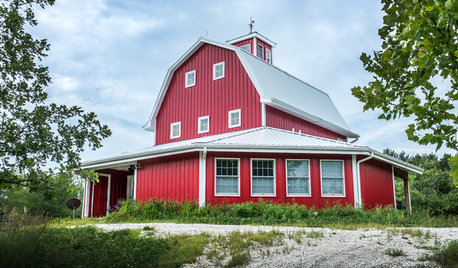
BARN HOMESHouzz Tour: An Energy-Efficient Barn Graces the Nebraska Landscape
Passive-house technologies and a rain-harvesting and greywater system conserve natural resources in this weekend country home
Full Story
CONTRACTOR TIPSBuilding Permits: What to Know About Green Building and Energy Codes
In Part 4 of our series examining the residential permit process, we review typical green building and energy code requirements
Full Story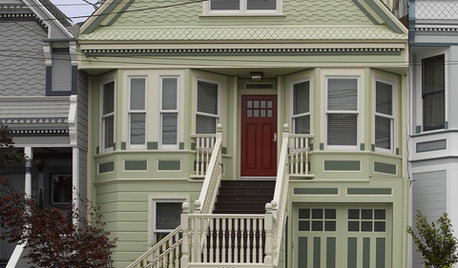
HOUZZ TOURSHouzz Tour: Zero-Energy Renovated Victorian in San Francisco
A 1904 home that's entirely energy efficient? Yes, courtesy of solar panels, radiant heating and water reclamation
Full Story
GREAT HOME PROJECTSHow to Add a Radiant Heat System
Enjoy comfy, consistent temperatures and maybe even energy savings with hydronic heating and cooling
Full Story
GREAT HOME PROJECTSHow to Switch to a Tankless Water Heater
New project for a new year: Swap your conventional heater for an energy-saving model — and don’t be fooled by misinformation
Full Story
HOUSEKEEPING5 Steps to Improve Your Heating System Now
Increase your heater's efficiency and safety for lower energy bills and greater peace of mind this winter
Full Story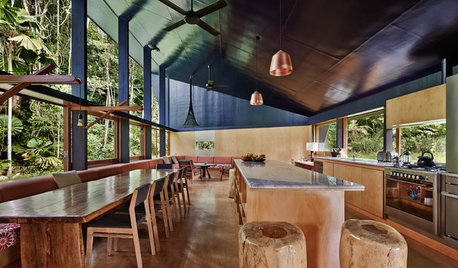
HOUZZ TOURSWorld of Design: 9 Energy-Smart Australian Homes
With their innovative features and diverse surroundings, these 9 award-winning homes have struck gold on the Aussie design stage
Full Story
GREEN BUILDINGHouzz Tour: See a Maine House With a $240 Annual Energy Bill
Airtight and powered by the sun, this energy-efficient home in a cold-winter climate is an architectural feat
Full Story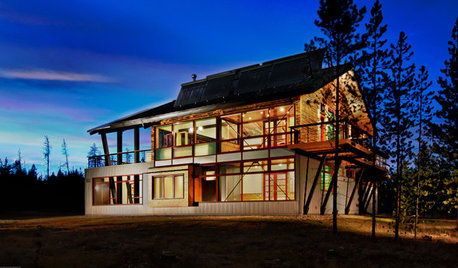
GREEN BUILDINGZero Net Energy: A Hardworking-House Term to Know
Homes that consume only as much energy as they produce by renewable means are a goal for builders. Learn what ZNE means for you
Full Story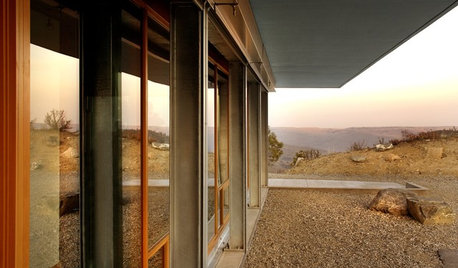
GREEN BUILDINGOff the Grid: Siting and Building to Conserve Energy
Look to low-tech solutions for big energy savings when you’re constructing a home
Full Story






User
davidandkasie
Related Professionals
Miller Place Plumbers · Biloxi Kitchen & Bathroom Remodelers · Boca Raton Kitchen & Bathroom Remodelers · Centerville Kitchen & Bathroom Remodelers · Fremont Kitchen & Bathroom Remodelers · Green Bay Kitchen & Bathroom Remodelers · Kettering Kitchen & Bathroom Remodelers · Mesquite Kitchen & Bathroom Remodelers · Mooresville Kitchen & Bathroom Remodelers · Richland Kitchen & Bathroom Remodelers · Tempe Kitchen & Bathroom Remodelers · Toledo Kitchen & Bathroom Remodelers · Westchester Kitchen & Bathroom Remodelers · Middlesex Kitchen & Bathroom Remodelers · Princeton Kitchen & Bathroom Remodelersbrickeyee
jamesk
asolo
tryinbrian
joefixit2
zl700
sniffdog
prygaard
prygaard
shadow700
jake2007
keeth
shadow700
prygaard
prygaard
prygaard